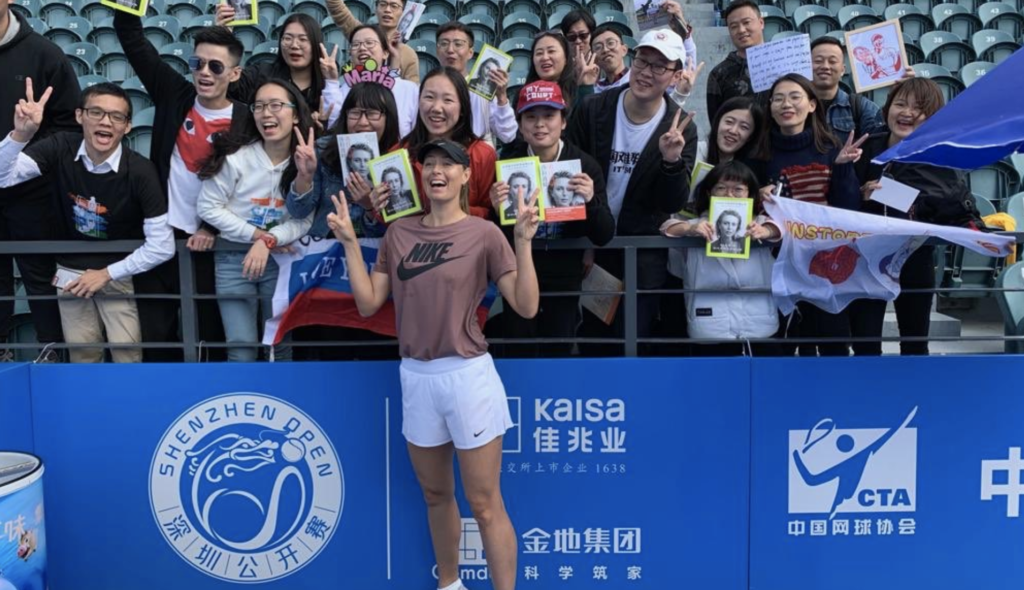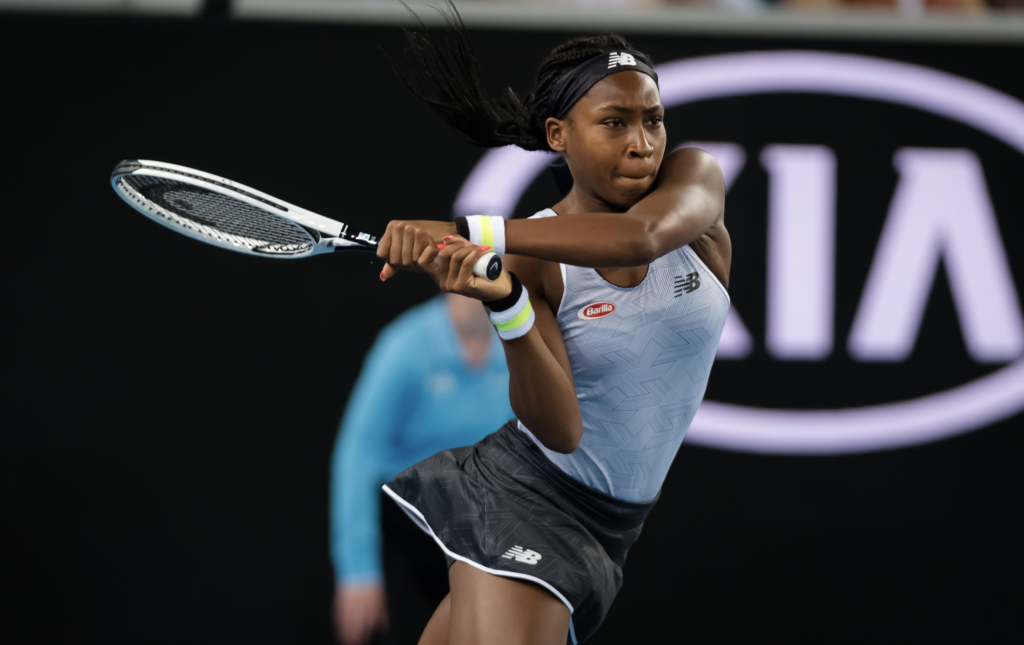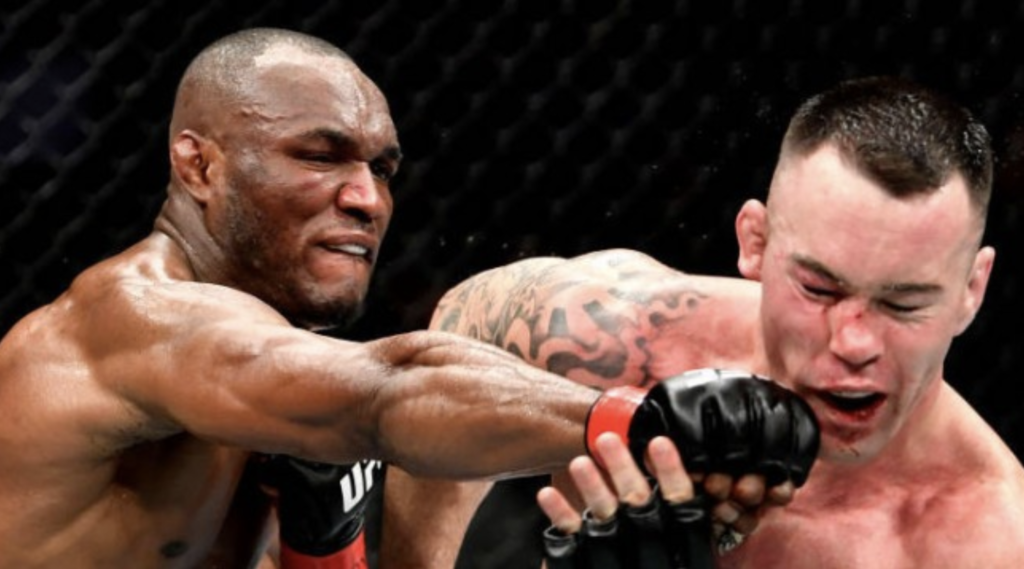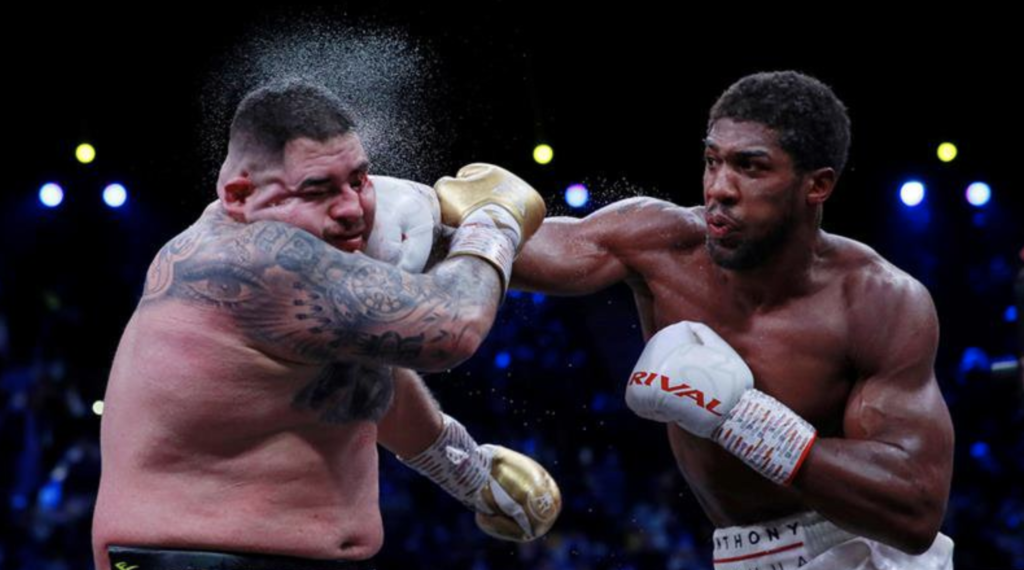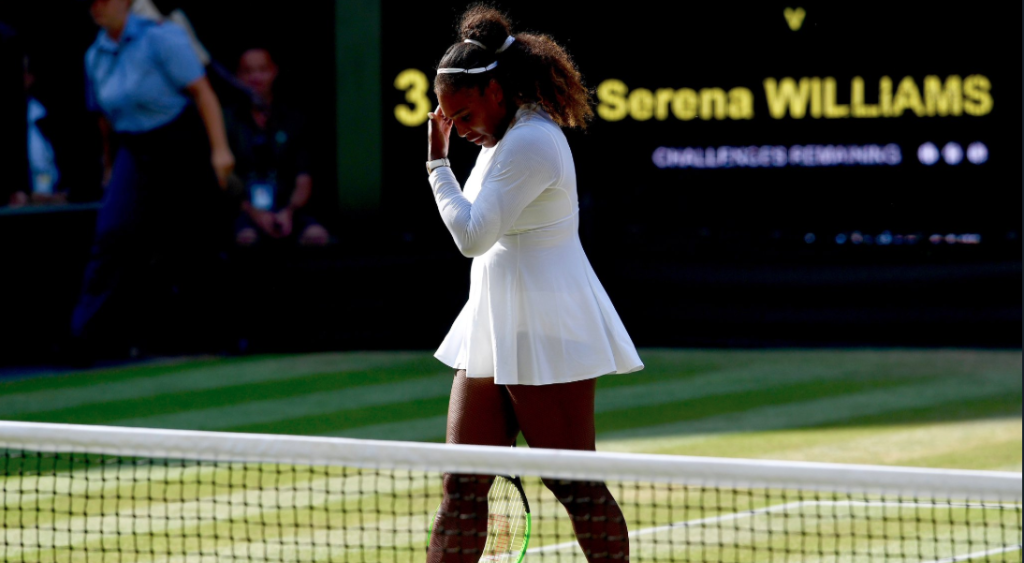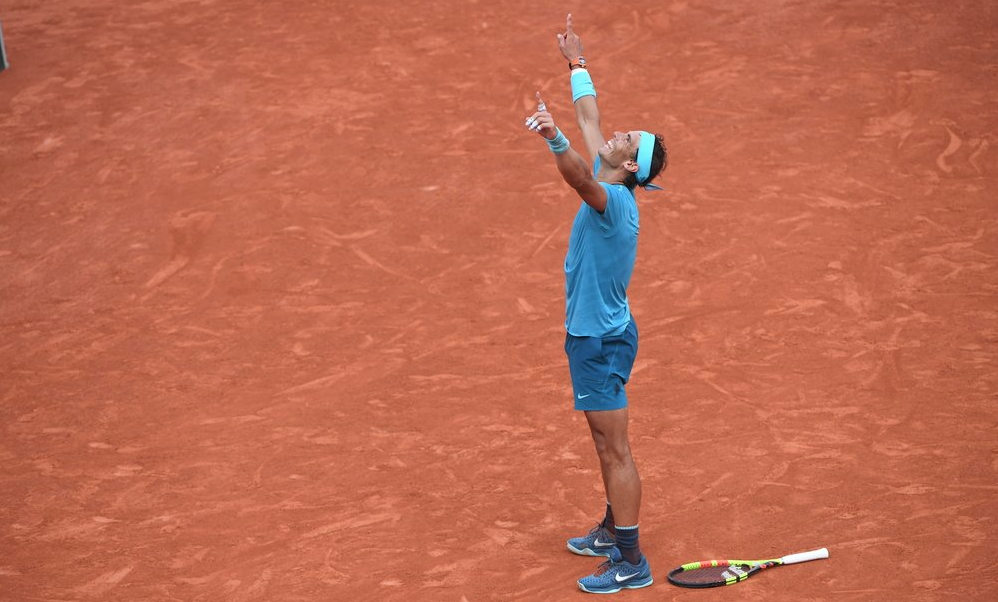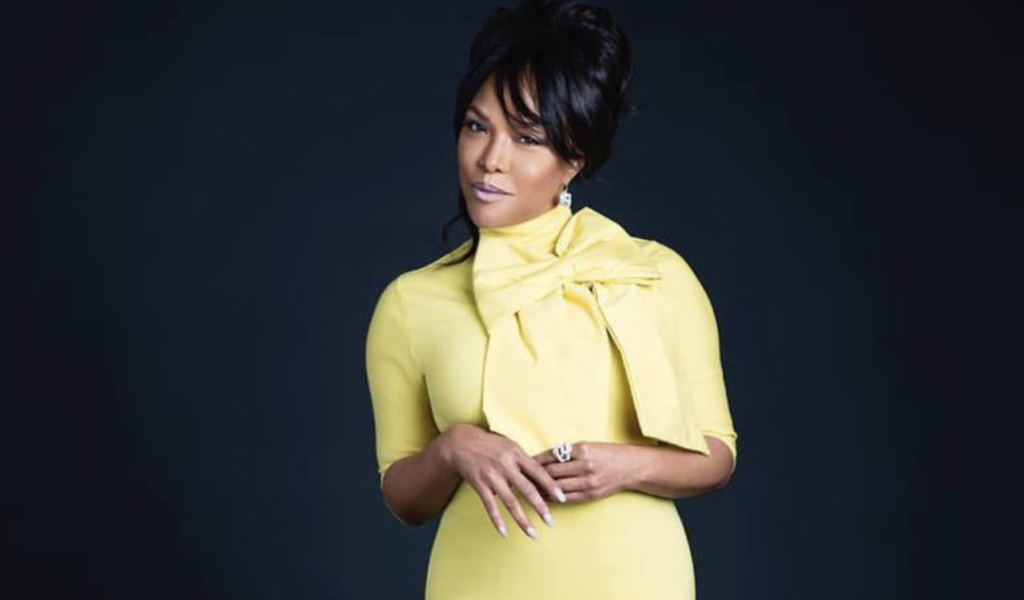Tennis Champion is Calling it Quits
26 Feb, 2020
Maria Sharapova, who announced her retirement from tennis on Wednesday, will be remembered in many corners of her sport with respect more than affection – and it will not worry her much at all.
The 32-year-old Russian who arrived in America from Sochi with her father in 1994 as refugees from the poison of Chernobyl – with $700 and not a word of English between them – won five grand slam titles and was ranked the highest earner in women’s sport for 11 years in a row. But it is her icy demeanour and failure to build on an early victory over Serena Williams that grab the imagination as much as those fine achievements.
Sharapova, who beat Williams to win Wimbledon in 2004 when just 17, then lost 20 of their following 21 matches, was never universally popular in the locker room. She cared little about courting popularity, but she had the professional respect of her rivals for her single-mindedness and fighting spirit. Petra Kvitova, who beat Sharapova to win Wimbledon in 2011, was one of her few rivals to give her warm praise on Wednesday, describing her as a, “big champion”.
The Czech, who was sidelined from tennis after a knife attack in her apartment in 2016 but has returned to the upper reaches of the game, said on Twitter: “I know how tough it is to come back and play. She has been injured a lot. Of course she wanted probably bigger success than … her body allowed her to have.” She added: “It was a pleasure to be with her on the tour, sharing the court with her. It was always great battles when we play together. So it’s been always nice to share the court with her and I do always have respect to her.”
More than most players on the tennis circuit, Sharapova divided opinion. There were many players who objected to her early return from a drugs ban in 2017, after she had failed a test for the banned meldonium the previous year. Sharapova, who protested her innocence, had her two-year ban cut to 15 months, but was never the same player in a comeback that stuttered from one disappointing setback to the next, on the court and off. Her last tournament win was in a low-ranked event in China three years ago.
Long-time problems with her serving shoulder recurred and, towards the end, she was losing to lesser players on a regular basis. There was a suspicion among some of her rivals and critics that she was playing merely for publicity to drive her many commercial interests, although she claimed she played for the love of the game and the competition. That was certainly evident in her trademark screeching and her relentless pursuit of lost causes on court, mainly from the baseline and with a two-handed backhand that was among the best in tennis. She made the most of the weapons she had – including a powerful serve early in her career until injury struck on a regular basis – and was rarely found close to the net. Hers was a game of calculation rather than inspiration.
In her last match, a first-round loss to Donna Vekic at the Australian Open in January, Sharapova was ranked 373 in the world, a long way from her five separate reigns as world No 1, the first of them in 2005. It was her third first-round exit from a major in a row.
However, five grand slam titles – encompassing all the four venues, on clay, grass and hardcourt – and career earnings of $38.7m tell a story of longevity and persistence, which Sharapova regarded as her greatest asset.
Her rivalry with the younger of the two Williams sister was fierce but doomed – and it defined Sharapova’s struggle. Their last encounter – in the first round of the 2019 US Open, when Sharapova needed pain killers to get on court and could win only two games – summed up the physical decline of the Russian.
The Guardian
Image MariaSharapova twitter
Mentioned In This Post:

